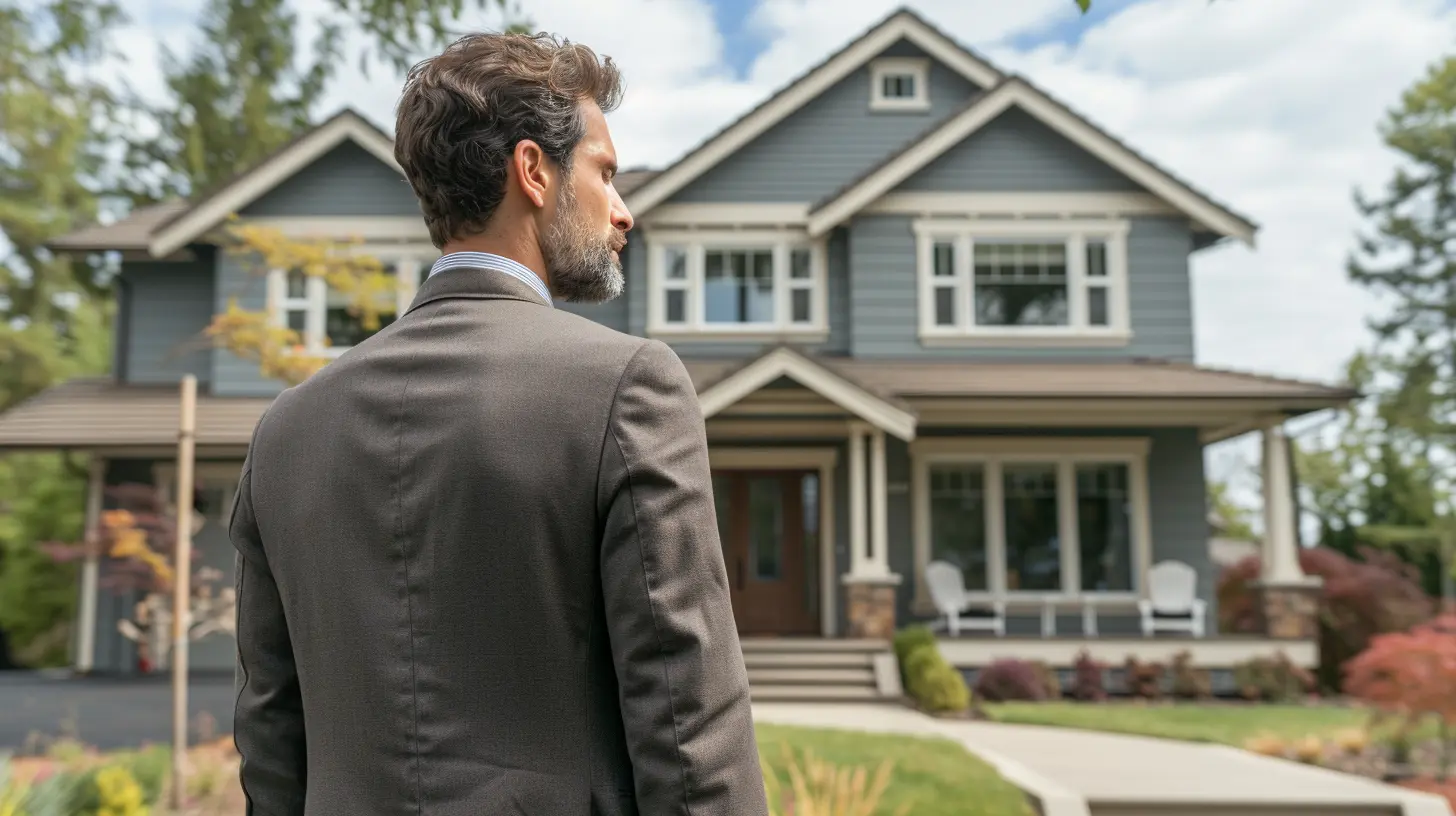The Seller’s Guide to Reviewing and Accepting Offers
21 November 2025
Selling a home is like playing a high-stakes game of chess. Every move counts, and when offers start rolling in, you need to be two steps ahead. Should you accept the highest bid right off the bat? Or is there more to an offer than just the dollar signs?
Let’s dive deep into the art of reviewing and accepting offers, ensuring you make the best possible decision that benefits you financially and logistically.

Understanding the Anatomy of an Offer
At first glance, an offer may just seem like a number on a piece of paper, but there’s so much more beneath the surface. Understanding the key components will help you make the smartest choice.1. The Offer Price
Obviously, this is the first thing sellers look at, but is the highest offer always the best? Not necessarily. A slightly lower but all-cash offer could be more attractive than a higher bid with contingencies.2. Earnest Money Deposit (EMD)
This is the buyer’s way of proving they’re serious. A higher earnest money deposit shows a stronger commitment, while a lower one might indicate a buyer who’s just testing the waters.3. Contingencies: The Hidden Deal-Breakers
Contingencies—like financing, home inspections, and appraisals—can make or break a deal. The fewer contingencies, the smoother the closing process. But overlook them at your peril; they can have a major impact down the road.4. Closing Timeline
Some buyers want to close ASAP, while others need months. Can you wait, or do you need a quicker deal? A flexible buyer can be a great advantage if you need extra time to move.5. The Buyer’s Financing Situation
A cash buyer is typically more reliable since they don’t need lender approval. However, if the buyer is using a mortgage, make sure they're pre-approved—not just pre-qualified. The difference could mean your deal falling through at the last minute.
Evaluating Multiple Offers Like a Pro
If you're lucky enough to receive multiple offers, you’re in a prime position. But this blessing can quickly turn into a headache if you don’t know how to compare them effectively.1. Don’t Be Blinded by the Highest Offer
A sky-high offer may look tempting, but if it’s contingent on financing and the home doesn’t appraise for that amount, the deal might crumble.2. Look at the Buyer’s Motivation
Is the buyer genuinely interested, or just throwing offers out all over town? A motivated buyer is more likely to follow through with fewer complications.3. Consider a Bidding War (Strategically)
If demand for your home is high, you can create a multiple-offer situation where buyers compete. This could drive up the price and improve terms in your favor. However, be cautious—some buyers may back out if they feel pressured.4. Assess Timeline Compatibility
If you need an extended closing period, an impatient buyer might not be your best choice. Pick an offer that aligns with your moving schedule.
Negotiating for the Best Deal
Negotiation is where the real magic happens. Unless the very first offer you get is a dream come true (which is rare), you’ll want to counter and get the best deal possible.1. Counteroffers: The Seller’s Power Move
Instead of outright rejecting an offer, a counteroffer gives you the chance to tweak terms in your favor. Want a higher price? Ask for it. Need a longer closing period? Say so.2. Dealing with Lowball Offers
Nothing is more frustrating than a ridiculously low offer. Instead of getting offended, consider responding with a reasonable counteroffer. Some buyers start low just to test the water.3. Navigating Inspection Requests
If a buyer requests repairs after the inspection, you have options:- Agree to some minor fixes
- Offer a credit instead of repairs
- Say no and see if they’re still interested
Pick the option that works best for you without compromising too much.
4. Knowing When to Stand Your Ground
Some buyers will push hard to get you to concede. Know your bottom line and stick to it. A desperate seller is a vulnerable seller.
Accepting the Best Offer
Once you’ve reviewed, negotiated, and finally picked the right offer, it’s time to accept. But wait—there are still a few things to keep in mind.1. Put Everything in Writing
A verbal agreement means nothing in real estate. Make sure all terms are crystal clear in the contract before signing.2. Keep Your Emotions in Check
Selling a home can be emotional, especially if you’ve lived there for years. But at this stage, it’s all about business. Don’t let sentimentality cloud your judgment.3. Prepare for a Smooth Closing
Once the offer is accepted, the closing process begins. Stay in close contact with your agent and ensure all necessary documents are in place to prevent delays.What If No Offers Meet Your Expectations?
If offers aren’t rolling in as expected or the ones you receive are disappointing, don’t panic. Here’s what you can do:1. Reevaluate Your Asking Price
Is your home priced too high? Overpricing can scare off serious buyers. Check recent sales in your area and adjust if needed.2. Improve Your Home’s Appeal
Maybe your home isn’t making the best first impression. Small tweaks—like staging, better photos, and curb appeal improvements—can make a huge difference.3. Consider Waiting It Out
If the market is slow, patience might be your best strategy. Delaying a sale for a few months could get you better offers.Final Thoughts
Selling a home isn’t just about picking the highest offer and calling it a day. It’s about strategically reviewing, negotiating, and ultimately choosing the offer that aligns with your financial and personal goals.Take your time, analyze every aspect carefully, and don’t be afraid to negotiate. The perfect offer is out there—you just have to know how to recognize it.
all images in this post were generated using AI tools
Category:
Sellers GuideAuthor:

Vincent Clayton

